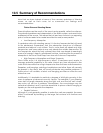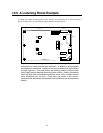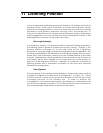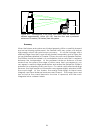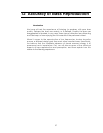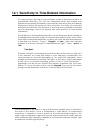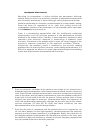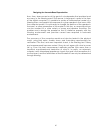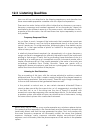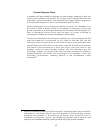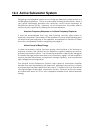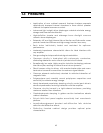
63
Transient Response Effects
A speaker with poor transient response will store energy, releasing it after the
initial musical transient has passed. This causes a loss of detail and obscures
important musical information. Also associated with poor transient response is
a narrow-band resonance, which can emphasize specific notes.
When listening for the low-frequency transient accuracy of a speaker, it will
be useful to utilize a broad variety of recordings. Try playing a rock or jazz
group, and listen to the interplay between the drummer and the bassist. Is it
easy to distinguish the kick drum from the bass, or is there a blurring of
low-frequency detail caused by the speaker's time-smear?
To listen for narrow-band low frequency resonances, use a recording with the
bass line played by a synthesizer. As you listen to the bass line, are the
individual notes of equal level, or are some of them more prominent than
others? Electronic instruments can be more useful for this test since acoustic
instruments have resonances of their own which can hide flaws in the
speaker, unless you are intimately familiar with the instrument and the
recording. Similarly, an electric bass that has been recorded by miking its
speaker/amplifier will exhibit the resonances of its speakers, which are
inevitably considerable, masking defects in the loudspeaker under
evaluation.
6
6
There is a technique known as "direct injection" where the signal from an electric
instrument is connected directly from the amplifier to the recording console,
bypassing the speakers. In this instance, an electric bass will prove to be a
consistent low-frequency source. The difference between direct injection and
miking of the speaker/amplifier is easily audible with high-quality speakers.



